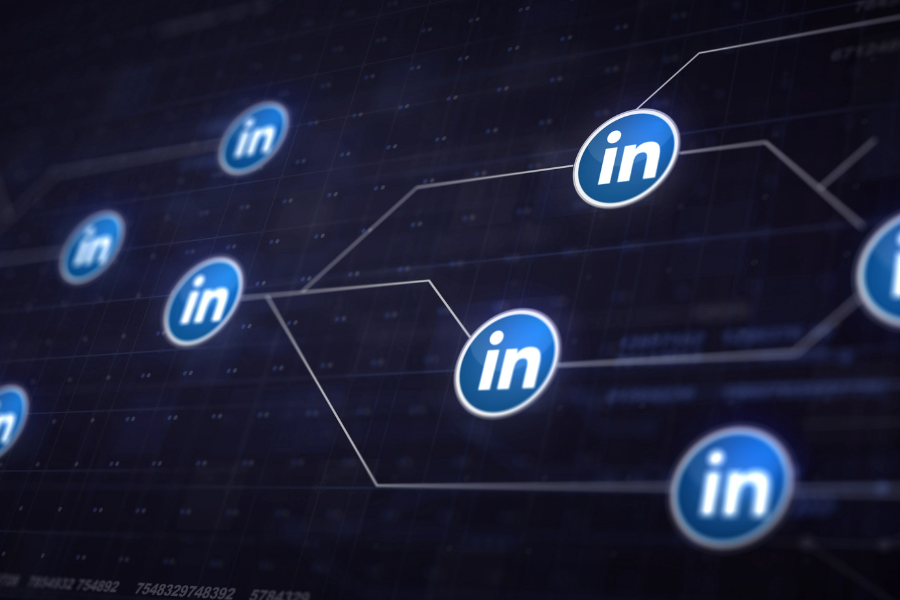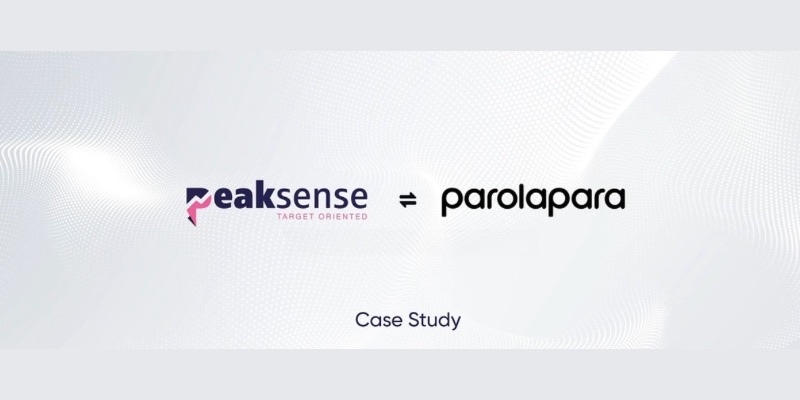Unlocking LinkedIn’s Potential: Cybersecurity Pros, This Way!
October 25, 2023, 6 min read
LinkedIn has the potential to be a useful and powerful tool for those who are looking for work. It is important to be aware of how to make the most of the various resources and tools that LinkedIn provides to ensure that your profile gets noticed and that it effectively represents your brand.
Several different elements make up your LinkedIn profile, some of which are more significant than others. Having said that, there are ways to make each part stand out more than the others. We are going to discuss how to construct your brand by concentrating on the aspects of your profile that are required, those that are recommended, and those that are merely desirable. Then, we will dive into the top tips to grow your brand through LinkedIn.
The Essentials
The Professional Picture
Put a nice headshot of yourself upfront. Try to fill the frame with your face, then crop the photo such that the top of your head is the highest point.
About & Summary
You can describe your background, expertise, and areas of interest in the “About” section.
Do not use this space to provide a detailed account of your entire life history.
Avoid ambiguity at all costs! Before getting into your specific work history, you should probably introduce yourself briefly. As in, “A proactive cybersecurity professional with a focus and background in threat intelligence and incident response.”
Then, describe your present role, relevant abilities, and professional achievements. Limit yourself to three to five sentences. Your LinkedIn profile is not the place to publish a novel.
Even though it’s not required, you should write something in the description field. Using no more than two or three sentences for each position, briefly outline your primary tasks and major successes.
An appropriate entry for work history is displayed above. Again, try to be specific about what you do without being wordy.
Education
Finally, your education is an essential profile section. The most crucial information to have is:
- Education Level
- Research Area
- Beginning and ending times
- You should highlight any professional graduate certifications you have earned (particularly those relevant to cybersecurity) here.
The Added Values
Not all of this needs to be included in your LinkedIn profile, but it’s still nice to have.
If you have any licenses or certificates that are relevant to the position you are applying for, make sure to list them. Some typical credentials are shown below:
These certifications are examples of relevant certifications listed under the Licenses & certifications section. Certifications aren’t the only things that can go in this area. Include any certifications you’ve earned through your work or other applicable organizations.
The Cherries on Top
At last, we reach the optional sections of the LinkedIn profile that, if filled up, may give you an edge over the competitors.
Recommendations from credible experts are always helpful. Do not hesitate to include a glowing recommendation from a manager or supervisor, either current or previous. Even if you only have one recommendation, it will set you apart greatly because it shows that someone else recognizes your skills and abilities.
Competency can also be verified by recommendations from coworkers in the Skills section. Key cybersecurity abilities can be added, and then colleagues can endorse you. Even a minor detail like this can help you stand out to recruiters.
An example of a talents section is shown above. This needs to be tailored to your unique set of abilities, and you should always seek out endorsements if at all possible.
Top Tips to Grow Your Network
With your profile in tip-top shape, you can begin to tap into LinkedIn’s full potential. Whether you’re looking to expand your professional network or attract the attention of recruiters, LinkedIn may be an invaluable resource.
Keeping in touch with former and current coworkers is a simple yet effective strategy for expanding your network. You can network with other experts even if you lack extensive work experience. Try out the many options for narrowing your search for information on cybersecurity conferences, forums, blogs, and classes. The best places to meet other professionals in your sector are generally at industry events and groups. Sharing experiences in common on LinkedIn, such as schools attended or classes taken, can be a wonderful way to start a conversation with someone you don’t already know. And keep in mind that the more you network, the more your brand grows, which in turn brings you additional chances.
Participate in Groups That Deal With Cybersecurity
Professionals in the field of cybersecurity may join groups that are relevant to either their particular area of expertise or their overarching interest in the field. Users can develop their knowledge base, share information about topics related to cybersecurity, and build relationships with other members of the group by participating in these groups. Popular groups include “Cyber Security Professionals” and “Cyber Security Jobs.”
Keep an Eye on the Latest Cybersecurity Trends
The state of cybersecurity is in a state of perpetual flux as a result of the emergence of new threats and the development of new attack strategies. To protect yourself against these dangers, you need to be aware of what is going on in the industry and where it is going in the future. When you apply for employment or consider making changes to your career, you will be better prepared this way.
Develop Expertise in a Particular Aspect of Cybersecurity
Application security, network security, and data loss prevention (DLP) are just a few of the subfields within the larger field of cyber security in which you can choose to specialize. Every specialized field has its own distinct set of prerequisites and educational opportunities. There are even those that demand certification. Therefore, make an informed decision and do your homework before picking one option over another.
Work on Your Ability to Interact with Others and Communicate Effectively
Interpersonal competence is an absolute requirement to succeed in the field of cybersecurity. You must be able to communicate clearly with other people to comprehend their requirements and worries and to articulate your thoughts and experiences. You will also need to ensure that your communication style is right for the scenario at hand, whether it be with a client or a coworker at another company, for others to feel comfortable working with you. This can be accomplished by ensuring that your communication style is appropriate for the situation at hand.
Why Linkedin is Essential?
LinkedIn is the world’s largest professional social networking site for IT specialists. Your professional and personal progress can both benefit from your mastery of the software’s full potential. Creating a profile will help you connect with other professionals, learn about new job openings, and monitor developments in your field. Here are a handful of the many reasons why using LinkedIn is more crucial than ever before:
- It’s common knowledge that networking leads to the most successful job placements. According to research conducted by LinkedIn, networking is responsible for filling up to 85% of open positions. Having a profile will allow you to expand your professional network by putting you in touch with other people in your field as well as potential employers.
- Recruiters and companies utilize LinkedIn to identify qualified candidates for open positions. Making and maintaining an online profile increases the likelihood that recruiters will contact you about openings.
- You can use your LinkedIn page, which acts like a virtual CV, to brag about your accomplishments and skills. Job ads that are a good fit for your talents and expertise can be found with the help of recommendations from past coworkers and employers.
- LinkedIn is used in over 200 different countries and territories by over 900 million people. However, there is a wealth of data and analysis related to the tech sector available on the site. People from various walks of life use LinkedIn to share industry-specific and generalized updates, trends, and insights. You may stay abreast of the latest happenings and advances in your field if you connect with or follow relevant professionals in your industry, coworkers, and employers.
Conclusion
In this article, we have explored some of the essential components to include in your LinkedIn profile, as well as some of the other fields that can help make your profile stand out. It’s important to remember that your LinkedIn profile should not be static. Rather, it should constantly grow and evolve as you progress in your cybersecurity career. Continue to look for new ways to spruce up and add value to your profile through skills endorsements, recommendations, a catchy summary, certifications, interests, and so much more!
Image Source: Image by natanaelginting on Freepik




























